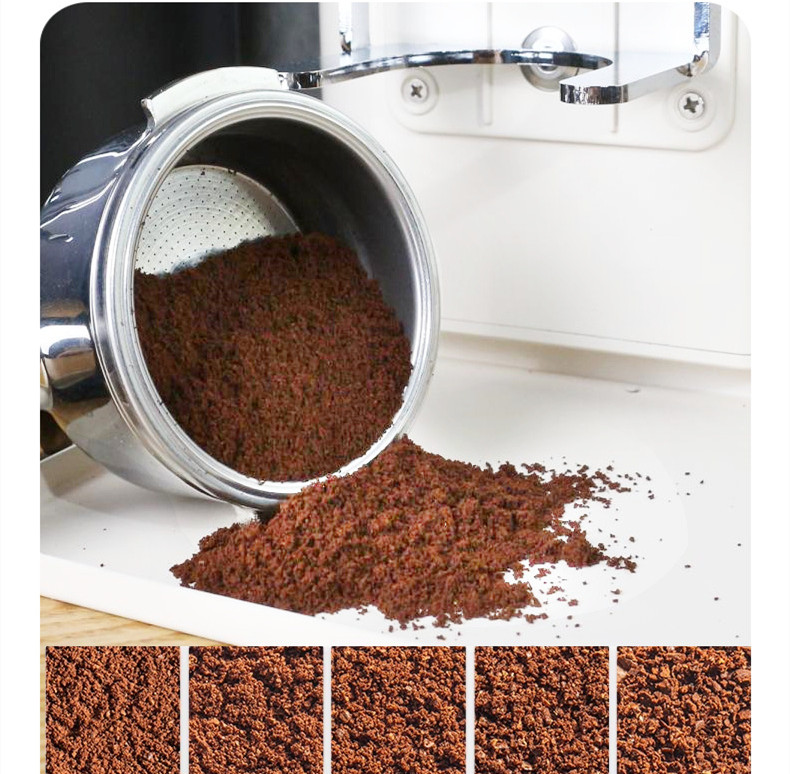Optimizing Coffee Grinders and Beans for the Perfect Brew: A Guide to Compatibility
Achieving exceptional coffee requires harmonizing the characteristics of your grinder with the unique properties of your beans. From grind size to bean origin, understanding these interactions ensures every cup highlights the intended flavors and textures. Here’s how to align your tools and ingredients for outstanding results.
Matching Grind Size to Brewing Method
The extraction process depends heavily on how finely or coarsely beans are ground, making this the most critical factor in pairing grinders with beans.
- Coarse Grinds for Immersion Brewing: Methods like French press or cold brew demand larger particles to prevent over-extraction and sediment in the cup. A grinder with adjustable settings should prioritize coarse outputs, ensuring water interacts with beans evenly without releasing bitter compounds.
- Medium Grinds for Drip Coffee: Automatic drip machines and pour-over setups thrive with medium-sized grounds, which balance extraction speed and flavor clarity. Grinders offering precise mid-range adjustments help maintain consistency across batches, even when switching between light and dark roasts.
- Fine Grinds for Espresso and Moka Pots: High-pressure brewing techniques require fine, uniform particles to create resistance and extract rich crema. Grinders with high-precision burrs excel here, producing the silky texture needed for concentrated shots without clogging the filter.
Considering Bean Origin and Roast Level
The geographical origin and roast profile of beans influence their density, oil content, and flavor complexity, all of which affect grinding behavior.
- High-Altitude Beans and Hardness: Beans grown at elevated altitudes are denser and harder, requiring grinders with robust motors and sharp burrs to avoid uneven particle distribution. These beans often benefit from slightly finer grinds to compensate for their compact structure.
- Light Roasts and Moisture Content: Lightly roasted beans retain more moisture and natural oils, which can clump during grinding. A grinder with anti-static features or a slow RPM reduces static buildup, ensuring a fluffy, consistent grind ideal for delicate flavor extraction.
- Dark Roasts and Brittleness: Darker roasts are more brittle and prone to producing fines (tiny particles) when ground. Opt for a grinder with adjustable settings to avoid excessive fines, which can lead to bitter, over-extracted coffee. A coarser grind may balance the roast’s intensity.
Burr Type and Material: Impact on Flavor and Consistency
The design and material of a grinder’s burrs significantly affect heat generation, particle uniformity, and longevity, all of which interact with bean characteristics.
- Conical vs. Flat Burrs: Conical burrs generate less heat and produce a bimodal grind (a mix of fine and coarse particles), which can enhance body in espresso. Flat burrs, by contrast, create a more uniform particle size, favoring clarity in filter coffee. Choose based on your preferred brewing style.
- Ceramic vs. Steel Burrs: Ceramic burrs resist heat buildup, preserving bean aromatics during prolonged grinding sessions. They’re ideal for light roasts or beans with floral notes. Steel burrs, while slightly more prone to heat, offer sharper edges for precise grinding of dense, oily beans.
- Burr Size and Retention: Larger burrs grind beans faster and more evenly, reducing the risk of uneven extraction. Low-retention designs minimize leftover grounds between uses, ensuring freshness for each brew. This is particularly important when switching between bean varieties or roast levels.
Freshness and Storage: Complementing Grinder Performance
Even the best grinder cannot compensate for stale beans, making proper storage and timing essential for optimal pairing.
- Grinding Just Before Brewing: Whole beans retain flavor compounds longer than pre-ground coffee. Use a grinder with a quick, efficient mechanism to process beans immediately before brewing, locking in freshness and aroma.
- Avoiding Heat and Moisture: Store beans in airtight containers away from sunlight, heat, and humidity to prevent premature aging. A grinder with a sealed hopper or single-dosing capability further protects beans from environmental factors.
- Single-Origin vs. Blends: Single-origin beans showcase distinct regional flavors, requiring precise grind adjustments to highlight their nuances. Blends, designed for balance, may tolerate slightly broader grind ranges. Tailor your grinder’s settings to the complexity of the beans.
By aligning grind size, bean properties, burr design, and freshness practices, you create a synergy that elevates every cup. Experimentation is key—adjust one variable at a time to isolate its impact and refine your approach until you achieve the desired flavor profile.


